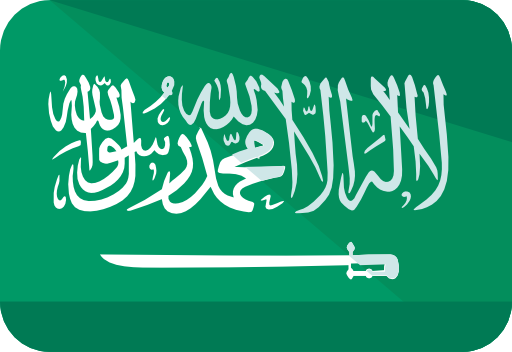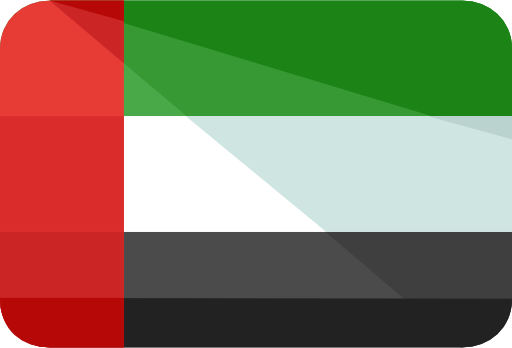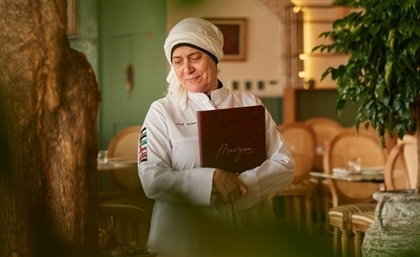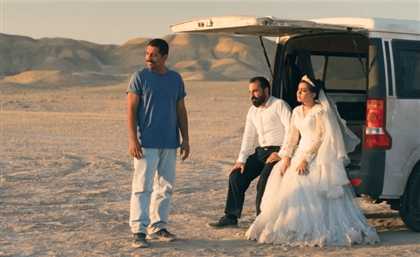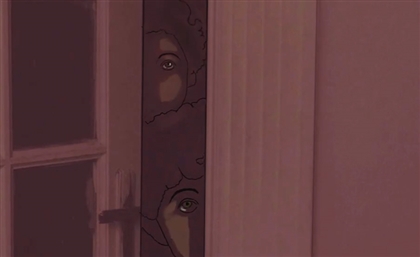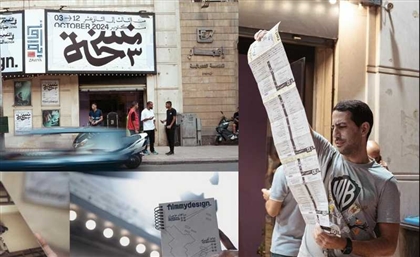Hot Cities, Cool Spaces: Middle East Public Spaces Beating the Heat
As climate challenges intensify, urban designers are reimagining public spaces not just to cool cities down, but to invite people back into them.
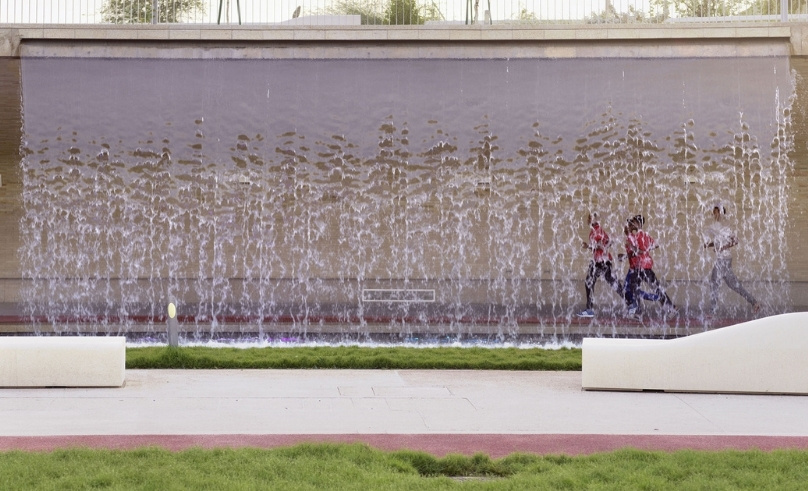
Climate-responsive interventions go beyond shade and breeze; they create spaces where communities can gather, interact, and thrive. These spaces are more important than ever in the infamously arid climate of the Middle East. From pocket parks to climate-adaptive promenades, these projects from across the region are redefining what it means to build for both resilience and connection...
Oxygen Park / AECOM – Doha, Qatar -1d4e1b7d-6028-4786-9648-3b5c538093b6.jpg)
At the heart of Education City in Doha, Oxygen Park is a landmark example of climate-adaptive design that turns the harsh desert environment into an inviting public realm. The park’s terrain was digitally modelled to channel breezes, creating naturally ventilated spaces and shaded walkways that offer relief from Qatar’s intense heat.
Drawing on local topography and the Arabian Gulf’s traditional wind channelling towers, the landscape integrates cooling tunnels, sunken paths, and wind corridors that work together to enhance passive cooling. A signature feature is the C-shaped covered walkway, formed from reinforced concrete ribs inspired by wind-sculpted desert rocks, which provides continuous shaded shelter along the running tracks. Desert-adaptive plants, smart irrigation, and glare-reducing materials further reinforce the park’s resilience. With over 130,000 sqm of lush, walkable terrain, Oxygen Park stands as a dynamic intersection of sport, community, and climate-conscious design.
From This Earth / Karim+Elias – Diriyah, Saudi -2ee4cab2-98dc-4f0c-b727-1d7e87fa7542.jpg)
Karim+Elias’ From This Earth in Diriyah honours the city’s centuries-old tradition of earthen architecture while responding to the region’s hot, arid climate. Composed of over 1,400 hand-sculpted modular spheres made from locally sourced earth, the porous structure acts as a contemporary mashrabiya acting as a screen that filters harsh sunlight and encourages natural ventilation through its triangular perforations. This modern reinterpretation not only reflects Diriyah’s architectural heritage but also provides a breathable surface that cools surrounding air and creates comfortable shaded spaces.
By blending craft with climate-smart design, the installation showcases how earthen materials and time-tested techniques remain vital tools for weather adaptation in Saudi Arabia’s urban fabric.
Marsa Plaza / ACME – Muscat, Oman
-d74ba54a-366a-4951-ba74-9eb935995713.jpg)
Marsa Plaza in Muscat is another prime example of urban design that embraces the region’s intense sun and coastal climate to create a comfortable, walkable public space. The plaza’s overlapping shading canopies, crafted from lightweight local aluminium, work with strategically placed trees to maximise shade throughout the day, softening the harsh sunlight typical of Oman’s climate. Traditional mashrabiya-inspired screens are carefully angled and patterned to filter light and encourage airflow, allowing the cool sea breeze to circulate freely and naturally cool the space.
Together, these elements create a climate-responsive microclimate, making Marsa Plaza a refreshing urban oasis in Muscat’s hot environment.
UMBRA Installation / TINKAH – Dubai, UAE -88ed0964-0705-4267-b676-3d632d5b75ad.jpg)
Another contemporary take on the traditional Middle Eastern mashrabiya designed by TINKAH, is the UMBRA installation that is expertly addressing Dubai’s intense sunlight through layered architectural screens. Using a bright yellow outer skin made from sustainable Fibracolor MDF, the installation reflects harsh sunlight away, while the inner layer’s softer tones create a welcoming shade. This double-skin design traps and channels heat upwards, releasing it naturally through the roof to keep the space cool. As visitors move through, shifting sunlight casts intricate lattice shadows that change throughout the day, providing both visual interest and relief from the sun’s glare.
By combining cultural heritage with innovative material use and natural ventilation, UMBRA introduced yet another climate-responsive refuge within the Gulf’s urban fabric.
Al Fay Park / SLA – Abu Dhabi, UAE -bbd96704-fbfd-4050-9601-9b1e07f50054.jpg)
This park sets a new standard for climate-responsive urban nature in the Middle East by transforming barren sand into a lush, biodiverse oasis. Its microclimate strategy leverages over 2,000 native trees and shrubs, which not only enhance local biodiversity but also provide extensive natural cooling. This greenery-driven cooling mitigates harsh summer heat, making the park comfortably usable year-round.
Additionally, the design blocks sand infiltration and reduces urban noise and pollution, creating a serene, walkable refuge for community interaction, recreation, and connection to nature amidst Abu Dhabi’s hot urban environment.
Raw Threshold / Al Borde – Sharjah, UAE -3d751acb-be9e-4775-b39f-f4e6e30e6868.jpg)
A project that reimagines the former ‘Al Qasimiyah’ school as an open, inviting public space by creating a welcoming shaded threshold using locally salvaged wooden poles and traditional palm tree mats. The use of palm tree mats as shading elements filters sunlight through its natural porous weave, reducing heat gain while allowing air to pass through, promoting ventilation and passive cooling. Unlike solid barriers, the mats create a comfortable microclimate by blocking direct sun but enabling airflow, helping to keep the area beneath cooler.
Meanwhile, the wooden poles act as a natural structural element that does not retain excessive heat, contributing to a more temperate environment compared to metal or concrete alternatives. Designed to be easily assembled, disassembled, and naturally degradable, it embodies a sustainable cycle that integrates architecture with the environment and community.
- Previous Article This Sacred Mountain in Yemen Is Where Kingdoms Fought & Prophets Fell
- Next Article Six Unexpected Natural Wonders to Explore in Egypt


